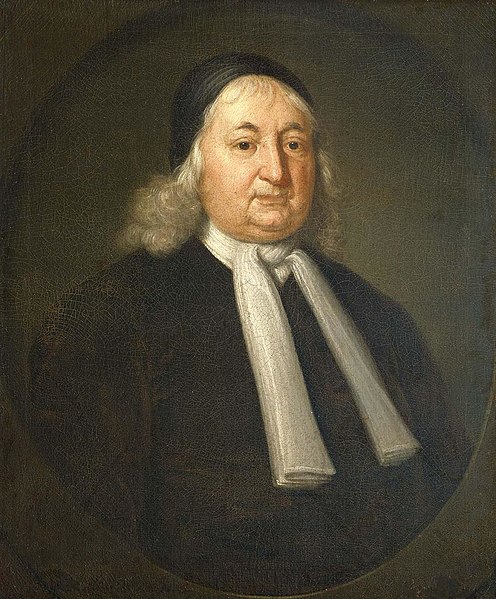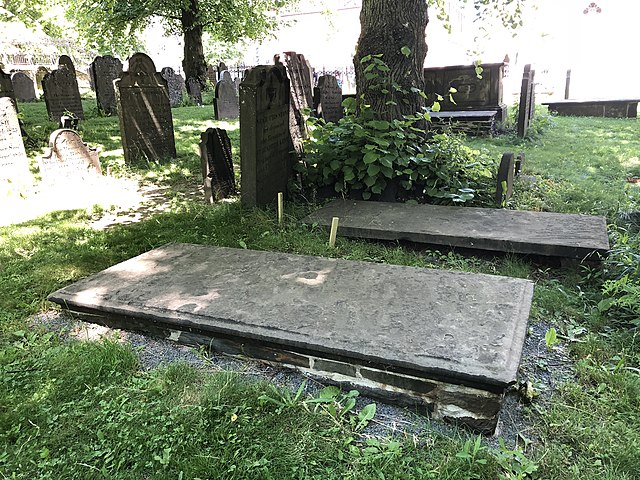Theodore Dwight Weld was one of the architects of the American abolitionist movement during its formative years from 1830 to 1844, playing a role as writer, editor, speaker, and organizer. He is best known for his co-authorship of the authoritative compendium American Slavery as It Is: Testimony of a Thousand Witnesses, published in 1839. Harriet Beecher Stowe partly based Uncle Tom’s Cabin on Weld's text; the latter is regarded as second only to the former in its influence on the antislavery movement. Weld remained dedicated to the abolitionist movement until slavery was ended by the Thirteenth Amendment to the United States Constitution in 1865.
Theodore Dwight Weld
Undated portrait of Theodore D. Weld as an old man
Abolitionism in the United States
In the United States, abolitionism, the movement that sought to end slavery in the country, was active from the colonial era until the American Civil War, the end of which brought about the abolition of American slavery, except as punishment for a crime, through the Thirteenth Amendment to the United States Constitution.
Collection box for the Massachusetts Anti-Slavery Society, c. 1850
Thones Kunders's house at 5109 Germantown Avenue, where the 1688 Germantown Quaker Petition Against Slavery was written
Samuel Sewall (1652–1730), judge who wrote The Selling of Joseph (1700) which denounced the spread of slavery in the American colonies
Grave of Benjamin Kent, lawyer who freed a slave in America (1766)






